Home>diy>Building & Construction>What Is A Fire Line In Construction
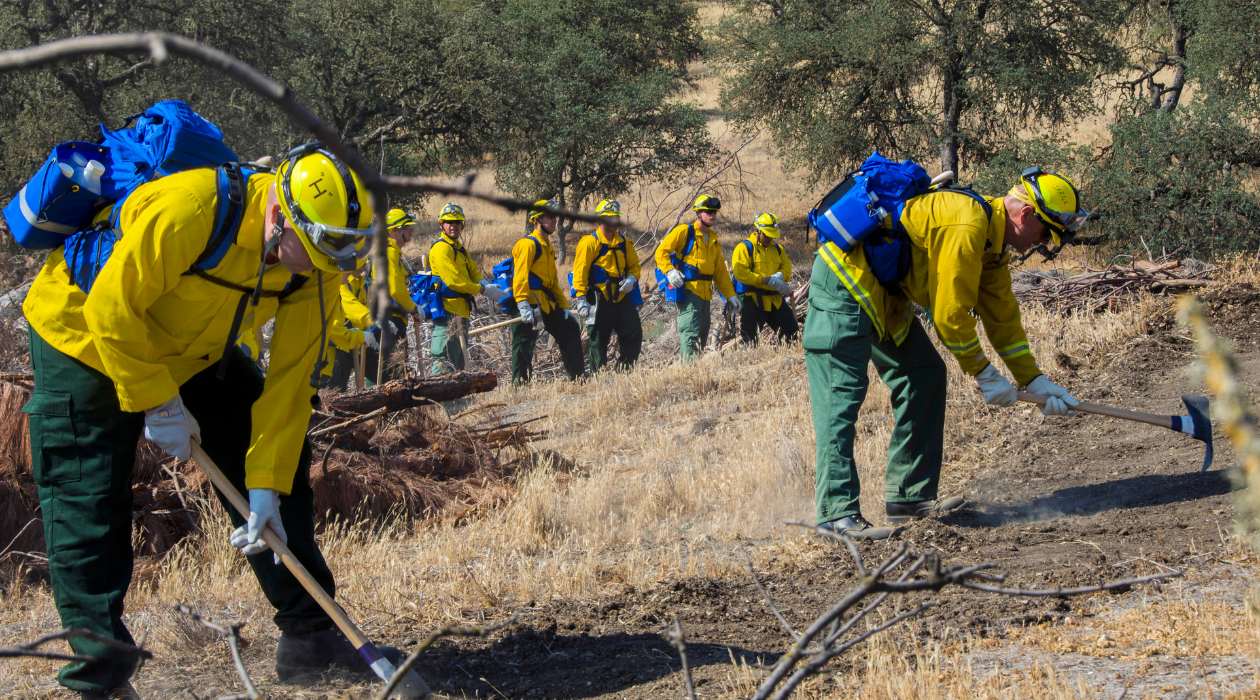

Building & Construction
What Is A Fire Line In Construction
Modified: December 7, 2023
Learn about the importance and purpose of a fire line in building construction. Ensure the safety of your construction site with proper fire line implementation.
(Many of the links in this article redirect to a specific reviewed product. Your purchase of these products through affiliate links helps to generate commission for Storables.com, at no extra cost. Learn more)
Introduction
Welcome to the world of construction, where safety is paramount and regulations play a crucial role in ensuring the well-being of workers and the surrounding environment. In construction, one important aspect that often gets overlooked is fire safety. Fires can have catastrophic consequences on construction sites, leading to property damage, injuries, and even loss of life.
One way to mitigate the risk of fires on construction sites is by implementing fire lines. In this article, we will explore the concept of fire lines in construction and delve into their importance, construction methods, requirements, and maintenance.
So, let’s dive into the world of fire lines and uncover their significance in the construction industry.
Key Takeaways:
- Fire lines in construction act as vital barriers, containing fires and safeguarding workers, equipment, and nearby structures. They provide a safe zone for evacuation and ensure efficient access for emergency personnel.
- Regular maintenance of fire lines is crucial to sustain their effectiveness. This includes inspections, trimming vegetation, applying fire retardants, monitoring weather conditions, and collaborating with fire authorities.
Read more: What Size Gas Line For Outdoor Fire Pit
Definition of a Fire Line in Construction
A fire line, in the context of construction, refers to a designated area within a construction site that is cleared of all flammable materials and vegetation. It acts as a barrier or buffer zone to help prevent the spread of fire from one area to another. The construction of fire lines is a proactive measure taken to minimize the risk of fires and protect workers, equipment, and nearby structures.
Fire lines are typically created by clearing a strip of land around the construction site, removing any debris, dry vegetation, or flammable materials that could potentially fuel a fire. The width of a fire line can vary depending on specific local regulations, but it is usually a minimum of 10-15 feet wide. The area within the fire line should be well-maintained, free from combustible materials, and easily accessible for fire trucks and emergency personnel.
It is important to note that fire lines should not be confused with fire breaks, although they serve a similar purpose. Fire breaks are wider corridors that are deliberately created for fire suppression purposes, extending beyond the construction site boundaries.
Now that we understand the basic definition of fire lines in construction, let’s explore their significance and why they are an essential part of fire safety measures on construction sites.
Purpose of Fire Lines
The primary purpose of fire lines in construction is to minimize the risk of fire spreading and to provide a safe zone for workers, equipment, and nearby structures. Here are some key purposes of fire lines:
- Fire Containment: Fire lines act as a containment measure, preventing the spread of fire from one area to another within the construction site. By creating a cleared area devoid of flammable materials, fire lines help restrict the size and impact of potential fires, giving firefighters and emergency personnel a better chance of containing and extinguishing them.
- Worker Safety: Construction sites can be highly hazardous, and fires only exacerbate those dangers. Fire lines provide a safe zone for workers to evacuate to in case of a fire. By having designated areas that are free from combustible materials, workers can quickly move to these safe zones, minimizing the risk of injury or harm.
- Protection of Surrounding Structures: Construction sites are often located in close proximity to existing buildings, residential areas, or other structures. Fire lines help protect these neighboring properties by reducing the risk of fire spreading beyond the construction site boundaries. By preventing the spread of fire, nearby structures are less likely to be damaged, and the safety of the surrounding community is preserved.
- Access for Emergency Personnel: Fire lines ensure that fire trucks, emergency vehicles, and firefighters have clear access to the construction site in the event of a fire. By keeping the area around the site clear of obstacles and flammable materials, emergency response teams can quickly and efficiently reach the site to combat the fire, potentially saving lives and minimizing property damage.
The purpose of fire lines is not only to prevent fires but also to facilitate effective fire suppression if a fire does occur. By creating designated areas that are cleared, accessible, and well-maintained, construction sites can greatly enhance fire safety measures and protect the well-being of workers and the surrounding community.
Fire Line Construction Methods
When it comes to constructing fire lines in construction, there are several methods that can be employed. The specific method chosen depends on factors such as the size and layout of the construction site, local regulations, and the resources available. Here are three common fire line construction methods:
- Manual Clearing: This method involves manually clearing the designated area within the fire line. Workers use tools such as shovels, rakes, and chainsaws to remove vegetation, debris, and flammable materials. Manual clearing allows for precise control over what is removed and ensures that the fire line is properly established. However, it can be labor-intensive and time-consuming, especially for larger construction sites.
- Mechanical Clearing: Mechanical clearing involves the use of heavy machinery such as bulldozers, excavators, and brush cutters to clear the fire line. This method is more efficient and faster compared to manual clearing, particularly for larger construction sites. However, care must be taken to avoid damage to underground utilities, adjacent structures, and protected vegetation.
- Chemical Treatments: In some cases, chemical treatments may be used to establish and maintain a fire line. Herbicides or specialized fire retardant chemicals can be applied to the designated area, effectively suppressing vegetation growth and reducing the risk of fire. Chemical treatments are typically used in conjunction with other clearing methods to enhance the fire line’s effectiveness.
Whichever method is employed, it is important to follow local regulations and environmental guidelines. Construction companies should consult with fire authorities and obtain necessary permits before undertaking fire line construction. Additionally, proper training and safety precautions should be implemented to ensure the well-being of workers during the construction process.
Now that we have explored fire line construction methods, let’s move on to understanding the specific requirements for fire lines in construction.
A fire line in construction is a designated area where flammable materials are cleared to prevent the spread of fire. It’s important to always maintain and monitor fire lines to ensure safety on the construction site.
Fire Line Requirements
Fire lines in construction must meet certain requirements to effectively serve their purpose and comply with fire safety regulations. Here are some common requirements for constructing fire lines:
- Width: The width of a fire line may vary depending on local regulations, but it is typically a minimum of 10-15 feet wide. The width ensures that there is a sufficient buffer zone to prevent the spread of fire and allows for easy access by fire trucks and emergency personnel.
- Clearance: Fire lines must be completely cleared of flammable materials, including vegetation, debris, and other combustible materials. This clearance helps to prevent fire ignition sources and restricts the fuel available to a fire, making it easier to control and contain.
- Accessibility: Fire lines should be easily accessible for fire trucks and emergency vehicles. There should be clear access points with no obstructions that could hinder the response time of firefighters or impede the movement of fire suppression equipment.
- Maintenance: Regular maintenance of fire lines is crucial to ensure their effectiveness. This includes routine inspections to remove any new vegetation growth, debris accumulation, or flammable materials that may have entered the fire line. Maintenance activities should be conducted as per local regulations and best practices.
- Signage: Clear signage indicating the presence of a fire line should be displayed around the construction site to alert workers and visitors. This helps to create awareness and ensures that everyone is aware of the designated safe zone during a fire emergency.
- Compliance: It is essential to comply with local fire safety regulations and obtain any necessary permits before constructing fire lines. Authorities may have specific requirements or guidelines that need to be followed to ensure the fire lines meet the necessary standards.
By adhering to these requirements, construction sites can create effective fire lines that enhance safety and minimize the risk of fires spreading. It is important to consult with local fire authorities or fire safety experts to ensure compliance with all applicable regulations and guidelines.
Now that we have covered the requirements, let’s move on to understanding the importance of fire line maintenance in construction.
Read more: How To Run A Gas Line To A Fire Pit
Fire Line Maintenance
Maintaining fire lines is essential to ensure their effectiveness in preventing the spread of fires on construction sites. Proper maintenance helps to keep the designated area clear of flammable materials and ensures that the fire lines are readily accessible for emergency response teams. Here are some important aspects of fire line maintenance:
- Regular Inspections: Fire lines should be regularly inspected to identify and remove any new growth of vegetation, debris, or flammable materials. Inspections should be conducted at regular intervals or as specified by local regulations to ensure that the fire lines remain clear and effective.
- Trimming and Clearing: Any vegetation that grows within the fire line should be promptly trimmed or removed. This includes grass, shrubs, trees, and other plant material. Additionally, any debris or combustible materials that find their way into the fire line should be cleared to maintain its integrity.
- Applying Fire Retardants: In some cases, fire retardant chemicals or sprays may be applied to the fire line to further enhance its effectiveness. These treatments can help suppress vegetation growth, reduce ignition sources, and improve the overall fire resistance of the area.
- Monitoring Weather Conditions: Fire line maintenance should take into account the prevailing weather conditions. During dry or windy periods, the risk of fire ignition and spread increases. Therefore, additional precautions may be necessary, such as increased vigilance and more frequent inspections.
- Collaboration with Fire Authorities: Construction site managers should maintain open communication and collaboration with local fire authorities. They can provide valuable guidance on fire line maintenance practices, offer inspections, and assist in emergency response planning.
By regularly maintaining fire lines, construction sites can ensure that these safety measures remain effective and provide the intended protection. It is crucial to allocate resources and assign responsibility for fire line maintenance to ensure it is carried out diligently.
Remember, fire safety is of utmost importance on construction sites, and fire lines play a vital role in mitigating the risk of fires and protecting lives and property. By incorporating proper maintenance practices into the construction site routine, the effectiveness of fire lines can be maximized.
With proper understanding and adherence to fire line requirements and maintenance, construction sites can enhance their overall fire safety measures and create a safer environment for workers and the surrounding community.
Conclusion
Fire safety is a critical aspect of construction site management, and fire lines play a significant role in preventing the spread of fires and ensuring the safety of workers and the surrounding environment. Constructing and maintaining fire lines is a proactive measure that helps minimize the risk of fires and provides a designated safe zone in case of emergencies.
We have explored the definition of fire lines in construction, their purpose, construction methods, requirements, and maintenance. Fire lines act as a barrier, containing fires within a specific area and preventing them from spreading to other parts of the construction site or neighboring structures. They provide a safe zone for workers to evacuate to and allow for efficient access by emergency response teams.
Fire lines can be constructed manually, using heavy machinery, or by applying chemical treatments, depending on the specific needs and resources of the construction site. Local regulations must be followed to ensure compliance with width, clearance, accessibility, signage, and maintenance requirements.
Maintaining fire lines is essential to sustain their effectiveness. Regular inspections, trimming and clearing of vegetation, applying fire retardants when necessary, monitoring weather conditions, and collaborating with fire authorities are crucial aspects of fire line maintenance.
In conclusion, the construction industry must prioritize fire safety measures, and fire lines are a fundamental component of a comprehensive fire safety plan. By understanding the importance of fire lines, following proper construction methods, meeting necessary requirements, and maintaining them regularly, construction sites can significantly reduce the risk of fires and protect the well-being of workers and the surrounding community.
Remember, fire prevention and safety should be a priority throughout the construction process. By taking proactive measures, such as implementing fire lines, construction companies can create a safer working environment, minimize potential losses, and ensure the successful completion of projects.
Frequently Asked Questions about What Is A Fire Line In Construction
Was this page helpful?
At Storables.com, we guarantee accurate and reliable information. Our content, validated by Expert Board Contributors, is crafted following stringent Editorial Policies. We're committed to providing you with well-researched, expert-backed insights for all your informational needs.



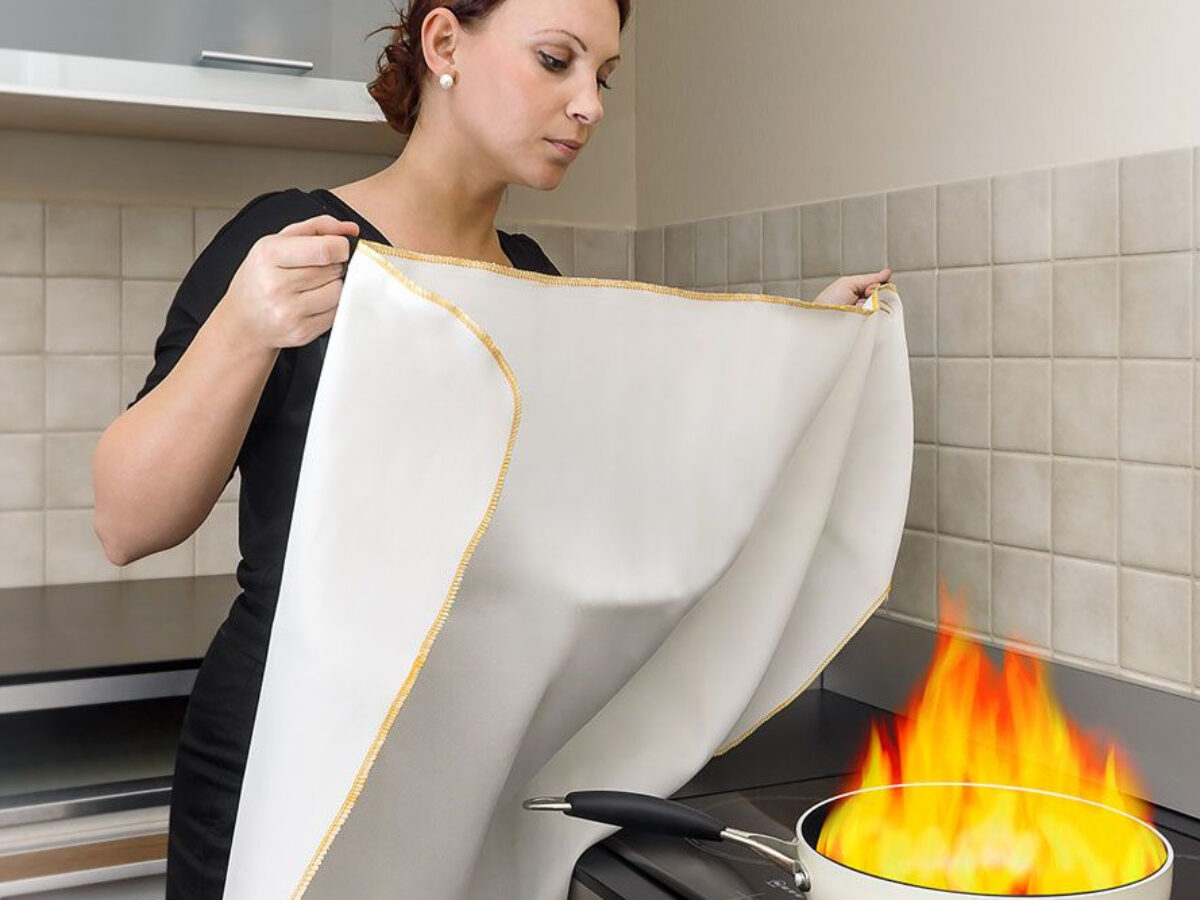
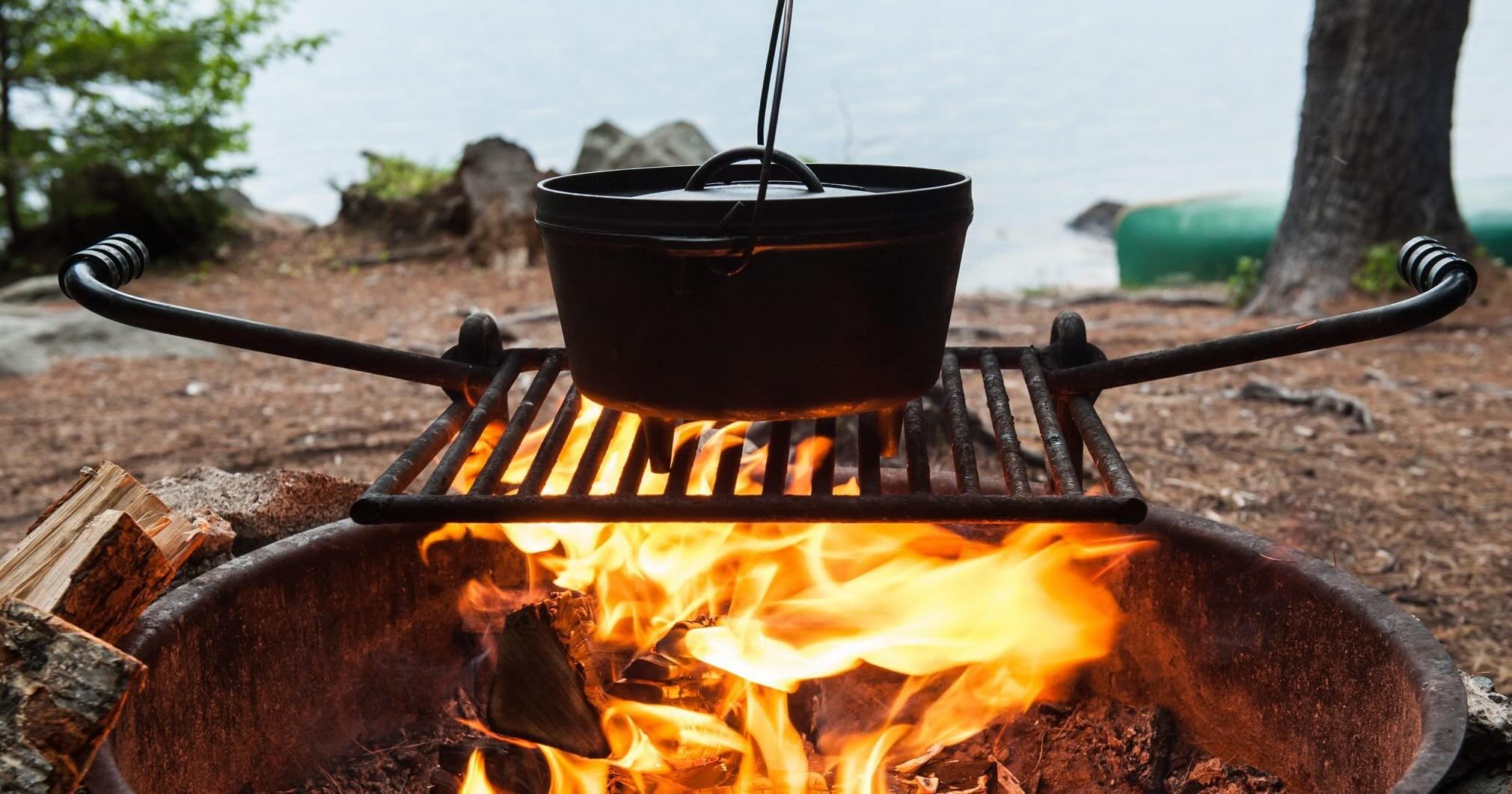

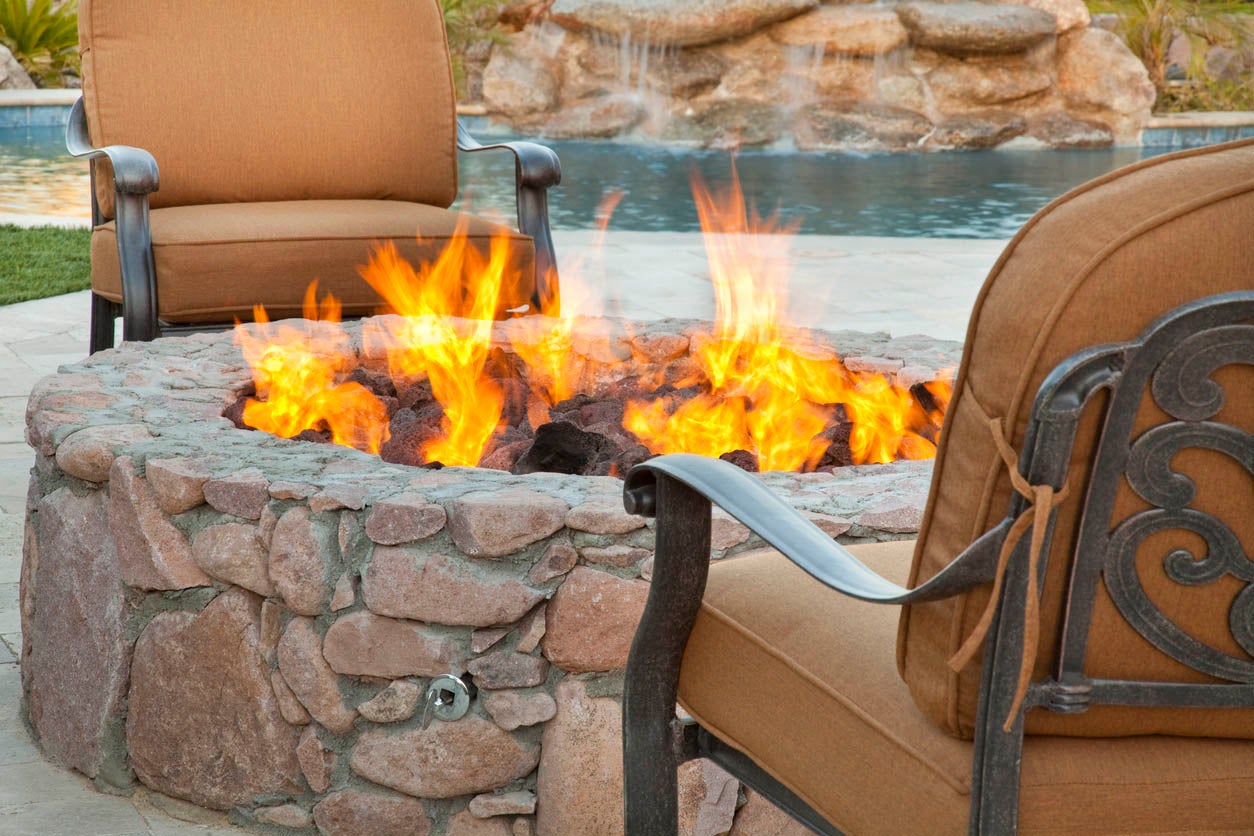
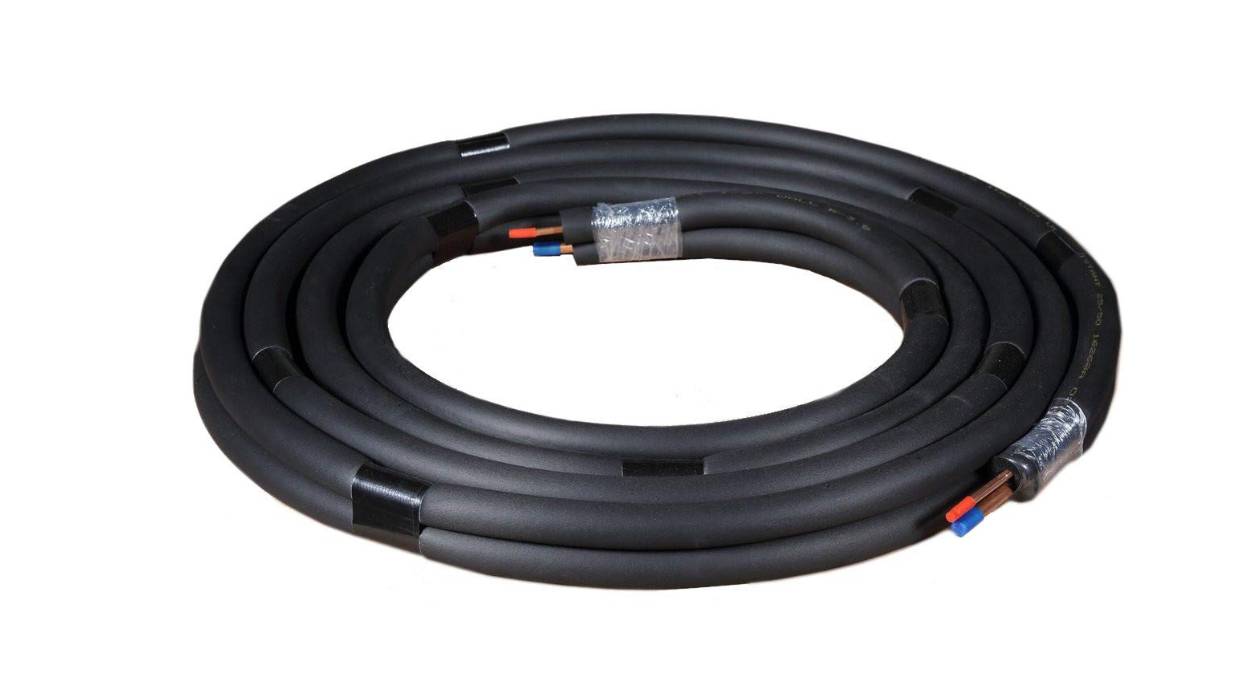
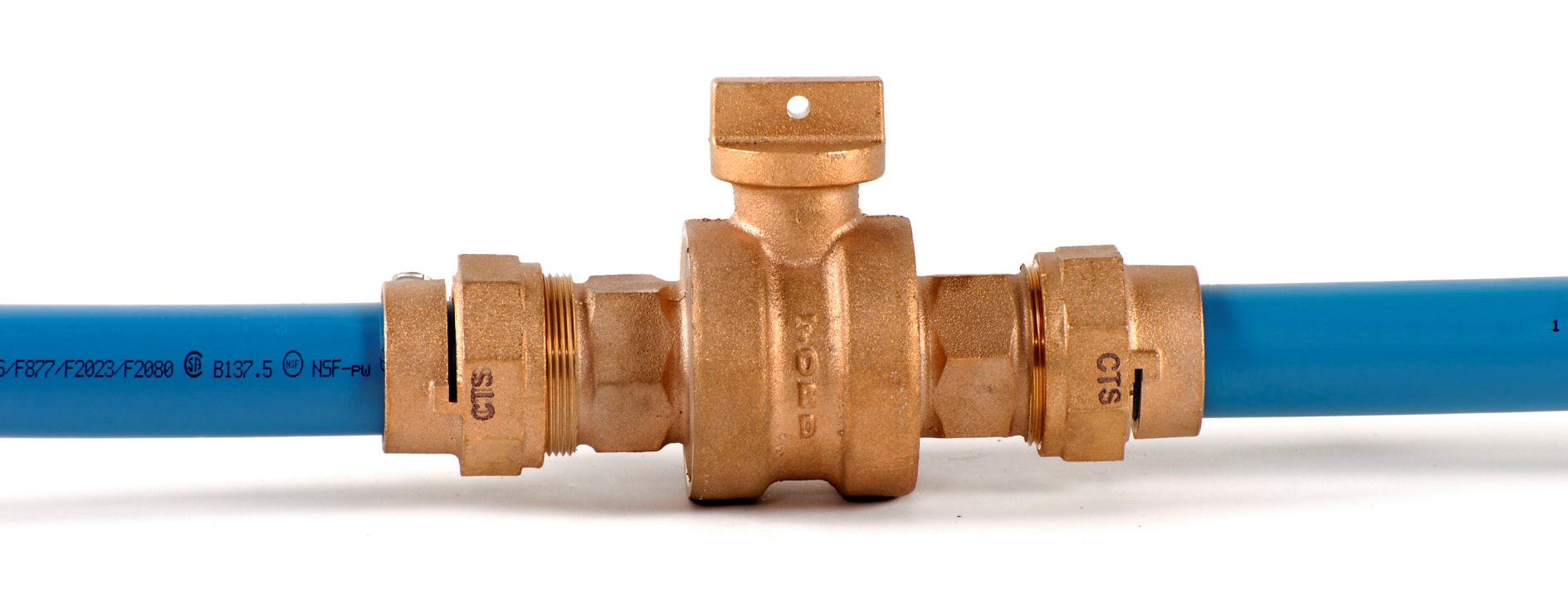
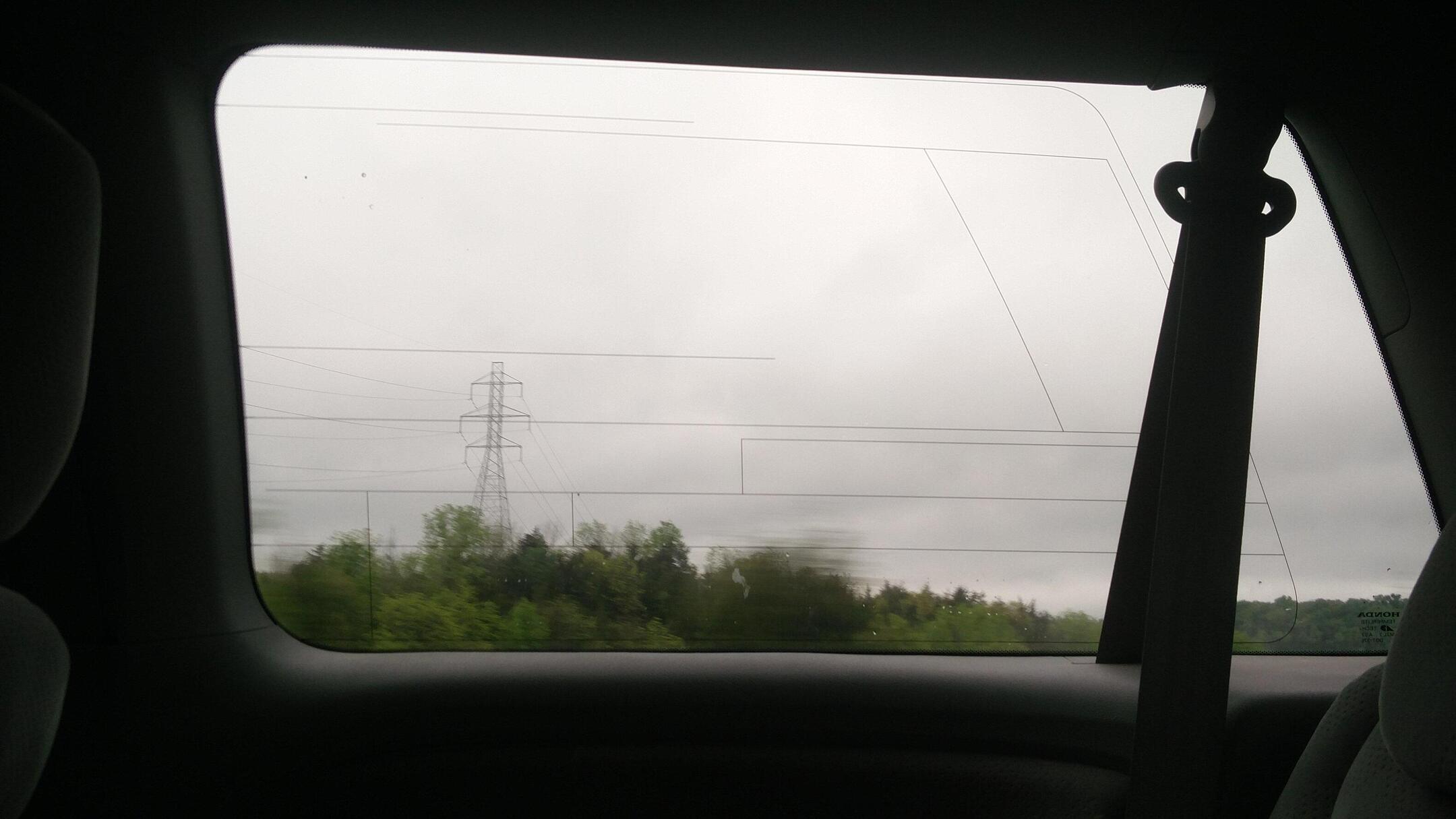


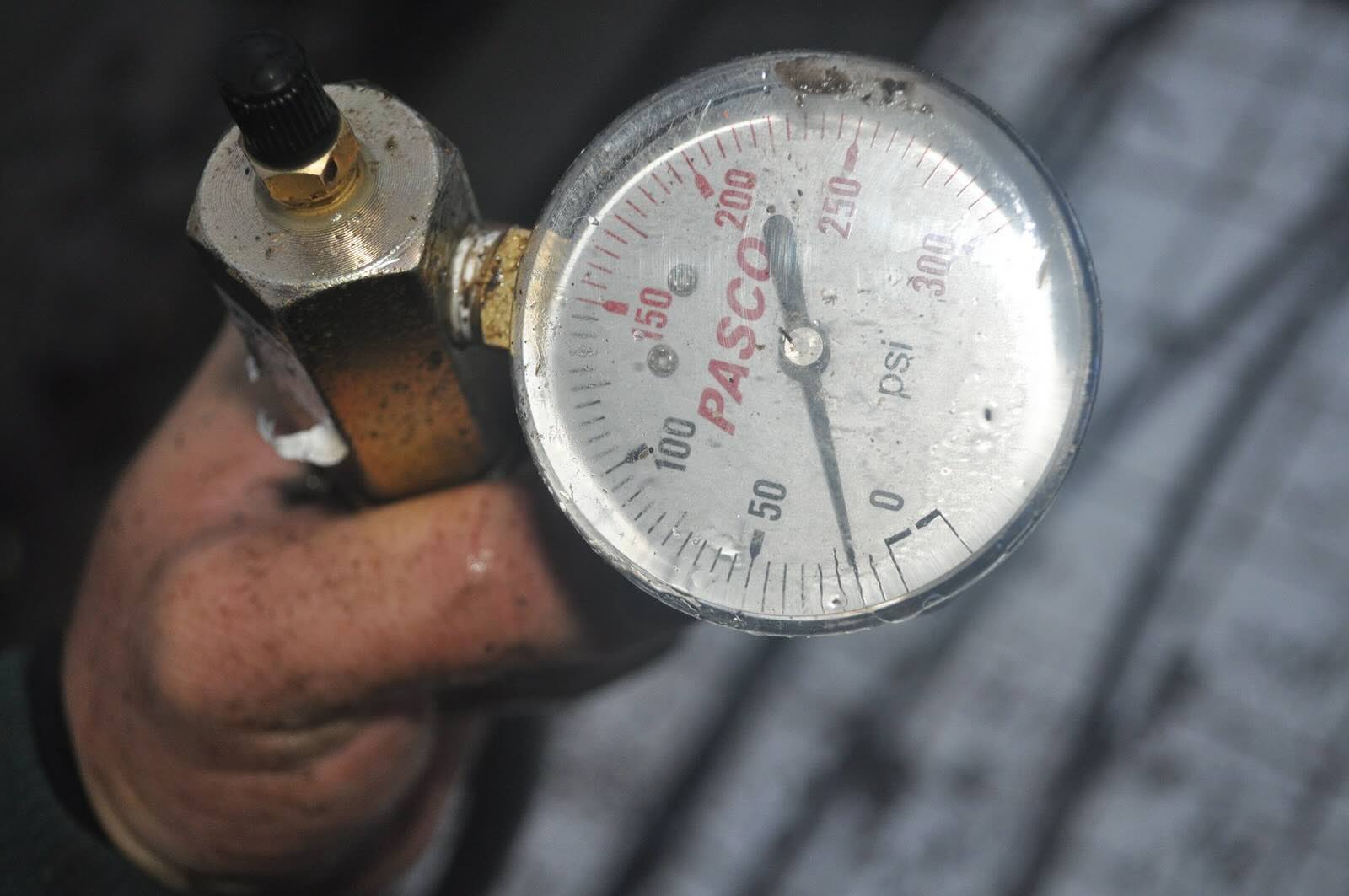
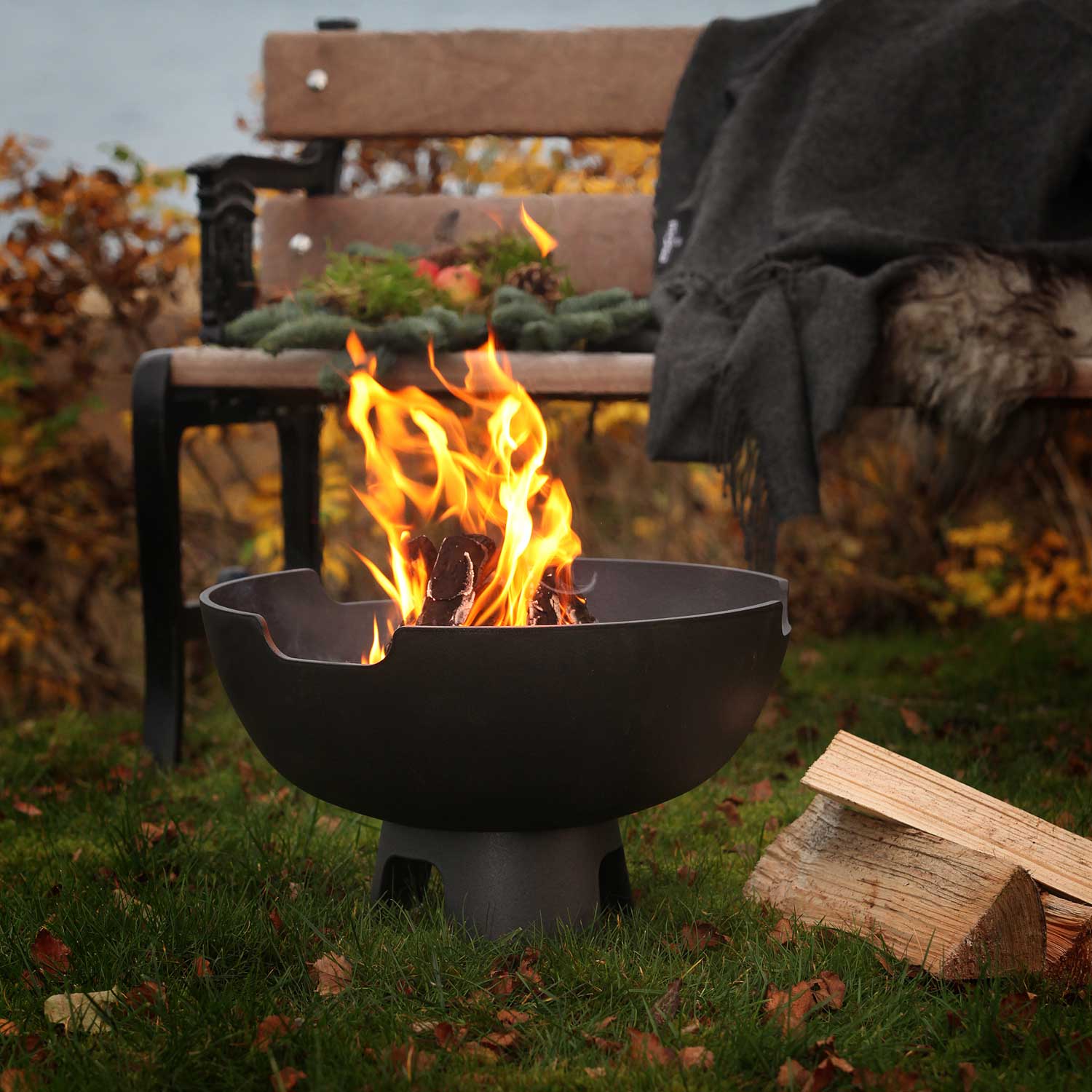

0 thoughts on “What Is A Fire Line In Construction”